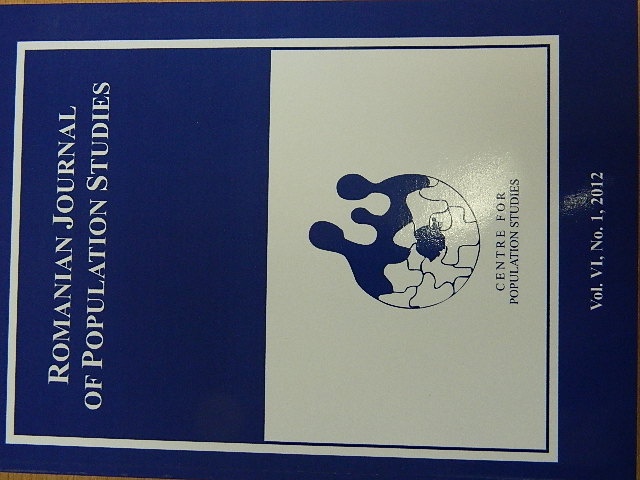Demographic Characteristics of Religions in the Lands of the Hungarian Crown (Hungary and Croatia) before World War I
Demographic Characteristics of Religions in the Lands of the Hungarian Crown (Hungary and Croatia) before World War I
Author(s): Mariann NagySubject(s): History
Published by: Centrul de Studiere a Populaţiei
Keywords: denomination; interfaith and interethnic marriages; age at marriage; crude birth and death rate; infant mortality; fertility; level of modernization
Summary/Abstract: The aim of this study is to examine the relationship between the level of modernization and the most important demographic indicators of religions. Correlation analyses, which helped us to draw the conclusion, were produced by Statistica for Windows. Our study is based on statistical publications on national level. Hungary was one of the most diversified countries in terms of religions before World War I. Croatia was different from Hungary in terms of religious diversity, as the majority of its population was Roman Catholic and 25% Orthodox. First, we examine the relationship between religion and mother tongue. Then we analyse the demographic indicators of each religion. What immediately attracts our attention is the great difference in all indicators, like crude birth, death, natural increase and marriage rates. But more sophisticated indicators behave in similar manner. There was considerable difference in fertility, in rate of infant and child mortality. In addition, seasonality of marriages, marital age and the rates of religiously mixed marriages vary greatly from denomination to denomination. Moreover, there was considerable difference in the demographic indicators of the same religions between Hungary and Croatia. However, following this study it will be important to have a micro level investigation, as well.
Journal: Romanian Journal of Population Studies
- Issue Year: 6/2012
- Issue No: 1
- Page Range: 51-65
- Page Count: 15
- Language: English
- Content File-PDF

